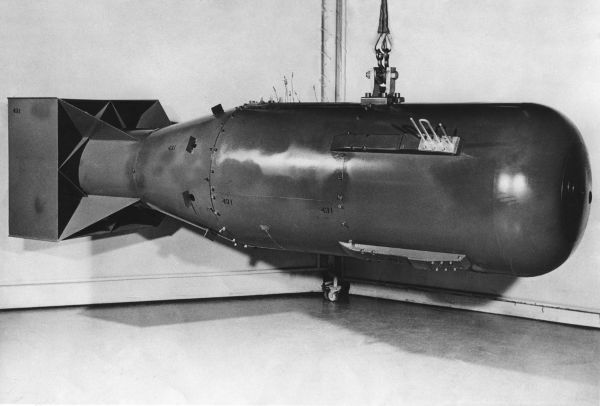In the middle of the eleventh century, Europe lived a period of stability marked by population growth, the circulation of products and the increase in agricultural production in the fiefs. Despite the good moment, we see that the increase in population contingents soon surpassed the productive capacity of the properties. Thus, many fiefs began to expel serfs due to the lack of sufficient resources to feed such a large population.
In addition to this breaking of old feudal ties, we see that this production crisis also came to directly influence the administration that feudal lords dedicated to their lands. Over time, it became common practice for feudal lords to leave their inheritance properties only to the eldest son. Such action had the fundamental objective of guaranteeing production levels and avoiding the fragmentation of feudal properties.
Such practices enabled the formation of a wide class of marginalized people who did not fit into the old structures of feudal power. In such a way, individuals who did not live in urban centers - involved in other occupations - they made up a large class of marginalized people who lived off begging or carrying out robberies and small thefts. It was in this context that the Church found the necessary conditions for the organization of the crusades.
Until the 11th century, Arabs allowed Christians to make pilgrimages to the holy city of Jerusalem. However, the seizure of the region by the Seldjuk Turks transformed this situation, when they banned the pilgrimage of Christians to the Holy Land. Responding to this situation, Pope Urban II, in 1095, held the Council of Clermont. At that meeting, the formation of a large military force that would have the mission of reconquering Jerusalem was outlined.
Calling for a true union of European Christians against the “infidels”, the Catholic Church would start the so-called Crusades. This movement ended up earning this name, as the fighters who were part of this army wore red crosses on their clothing and weapons. Over the decades, eight crusades were organized with a wide range of purposes.
From a historical point of view, we observe that the crusades were not possible only because of the force of mobilization that the Church had during this period. Many of the dispossessed and beggars of that time joined the armies of the Church in hopes of gaining spiritual salvation or conquering lands and opportunities in the eastern territories. Thus, we observe the entire context that enabled the organization of this important experience that took place in the Middle Ages.
Do not stop now... There's more after the advertising ;)
By Rainer Sousa
Graduated in History
Brazil School Team
See the crusade wars in detail:
Beggars Crusade
The antecedents of the Crusades.
The First Crusade
When the first crusade took place.
The Fourth Crusade
A crusade financed by merchants.
Fifth Crusade
The onslaught in which the Christians denied the surrender of the city of Jerusalem.
The Seventh Crusade
A crusade to Egypt.
Eighth Crusade
A war involving the confrontation between Christian and Mamluk forces.
Nika Revolt during Justinian's Empire
The Nika Revolt arose after a horse race, but began to challenge Justinian's form of government, which repressed it with a balance of 30,000 dead.
Battle of Zalaca between Moors and Christians
Learn more about the Battle of Zalaca, in which Christians and Muslims clashed over the dispute for territories in the Iberian Peninsula.


